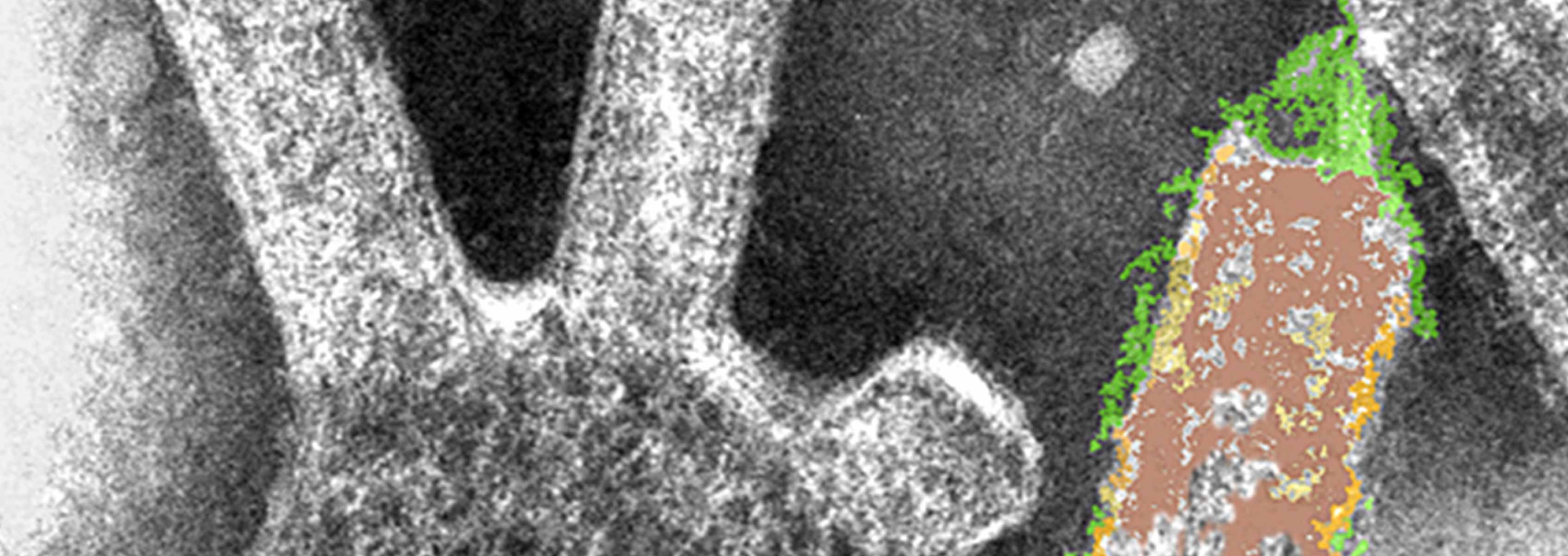Defining the Antigenic Regions of Divergent Lyssavirus Glycoproteins

Rabies is a lethal disease of the central nervous system that has the highest case-to-fatality ratio amongst infectious diseases in humans. Rabies or rabies-like disease is caused by a number of viruses that belong to a genus of negative strand, non-segmented RNA viruses called lyssaviruses. There are currently fifteen identified lyssaviruses, divided into three phylogenetic groups. The prototypical and best-characterized virus of the group, rabies virus, is the primary etiological agent of zoonotic transmission of rabies-causing viruses. Rabies virus remains a public health concern as it causes 60,000 deaths annually and another 10 to 16 million people to receive post-exposure prophylaxis, mostly in the poorest and least developed communities in the world. All fifteen lyssaviruses can cause rabies-like disease, six of which, in addition to rabies virus, have been known to cause death in humans. The exact burden of disease and/or death contributed by divergent lyssaviruses is under-reported due to the lack of surveillance as well as difficulty in differentiating disease caused by rabies virus from those caused by other lyssaviruses.
We hypothesize that antigenic sites of the lyssaviruses are composed of immuno-dominant and subdominant regions found on the divergent lyssavirus glycoproteins. This study proposes to define the antigenic sites of closely and distantly related lyssaviruses of phylogroup 1 and 2 that can elicit a cross-protective antibody response through two independent but connected aims. In the first aim, we will attempt to define the cross-reactive B-cell epitopes of phylogroup 1 by elucidating the human antibody response following rabies virus vaccination. Not much is known about the antigenic sites that elicit protective antibody responses to phylogroup 2. Our preliminary data and one report suggest the presence of conserved epitopes between rabies virus and viruses of phylogroup 2. Therefore, secondly, we aim to generate murine monoclonal antibodies to define the immunological hierarchy of the antigenic sites of phylogroup 2 glycoproteins. Overall, data from this study will generate a more comprehensive antigenic map of lyssavirus phylogroups 1 and 2 in order to address the development and design of novel vaccines and/or antibody therapeutics against the lyssavirus genus.